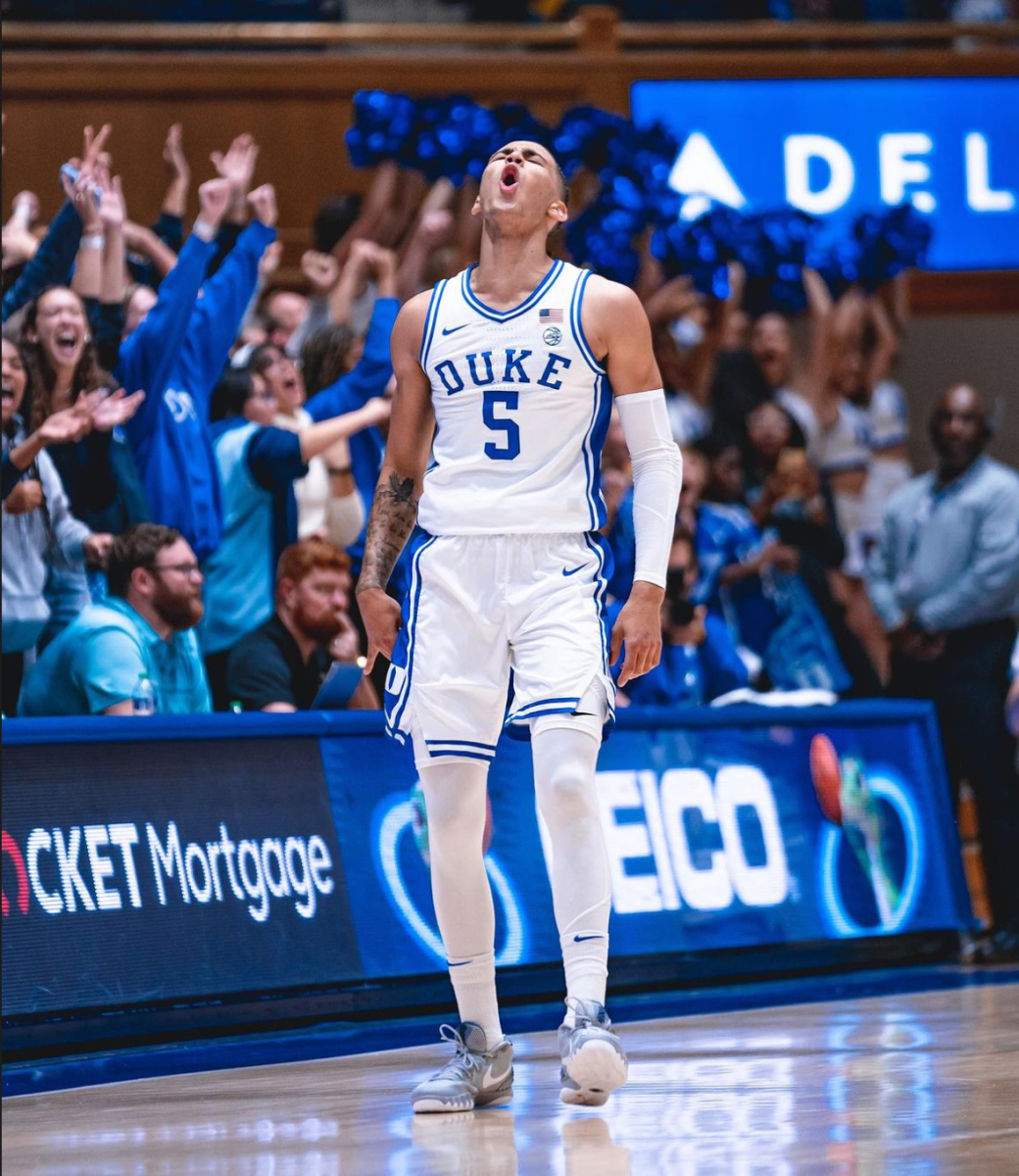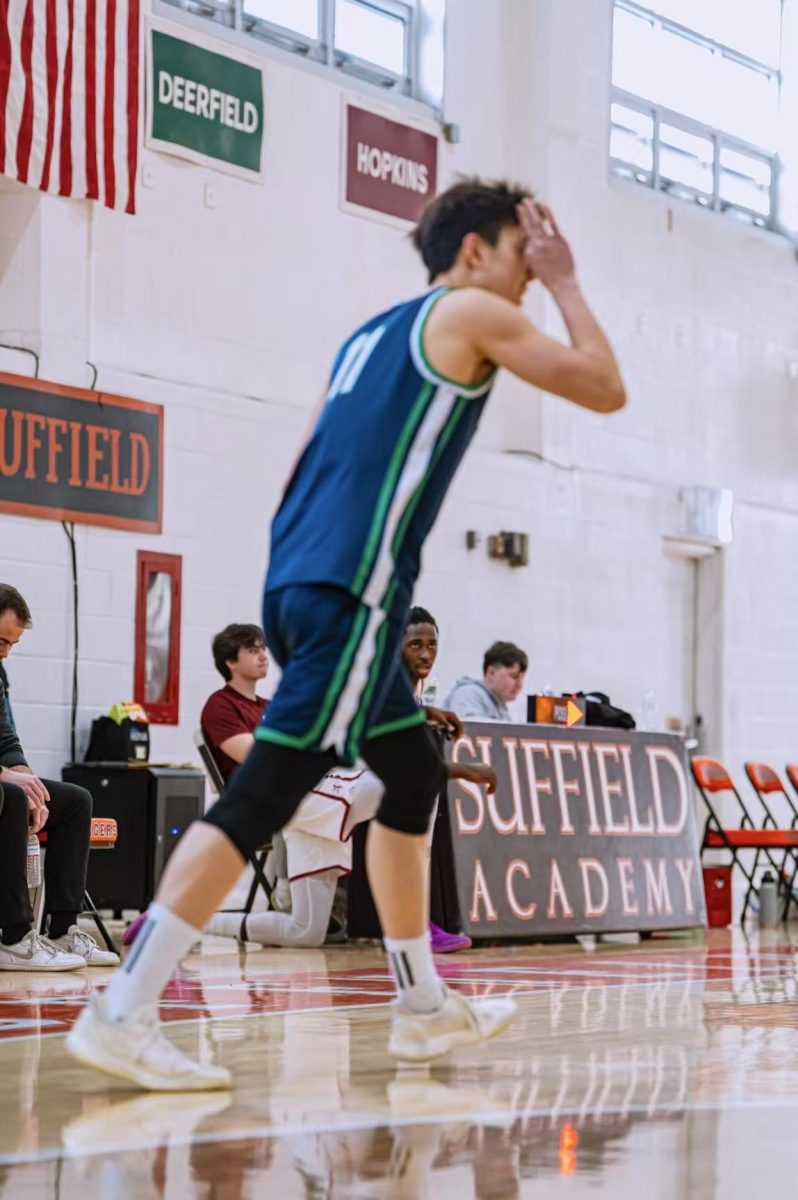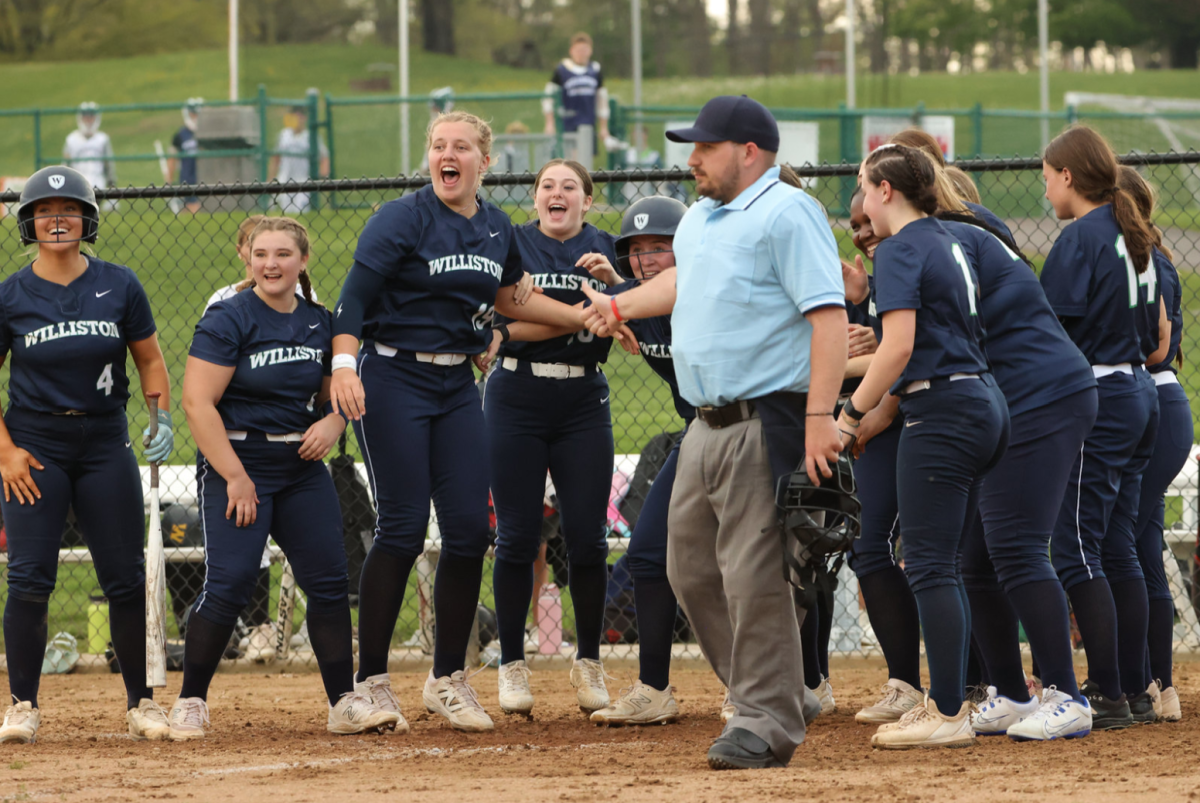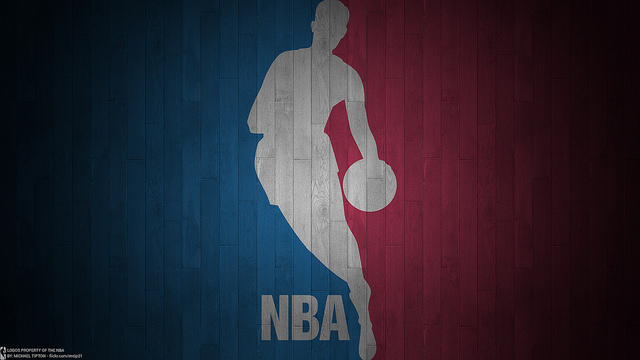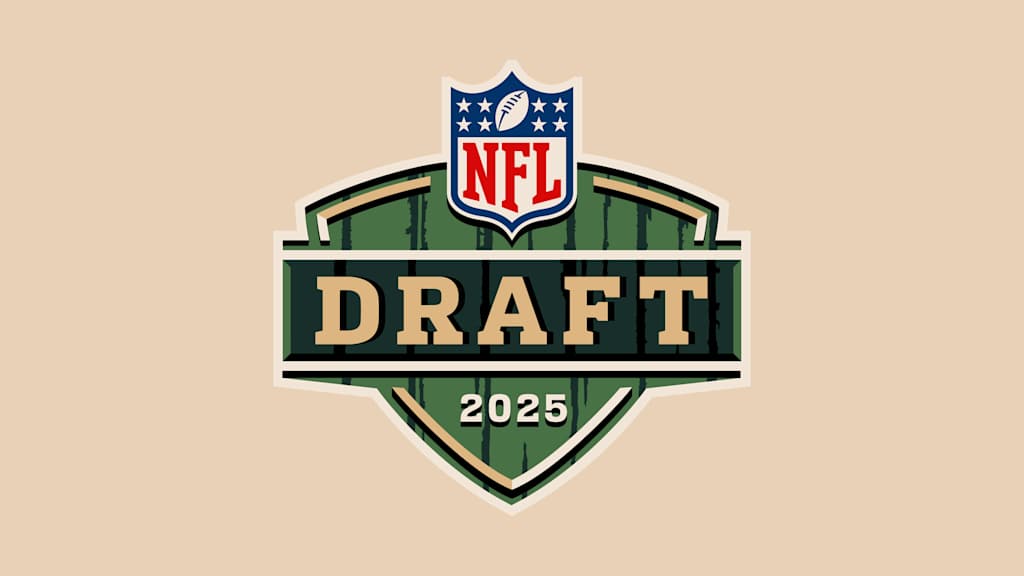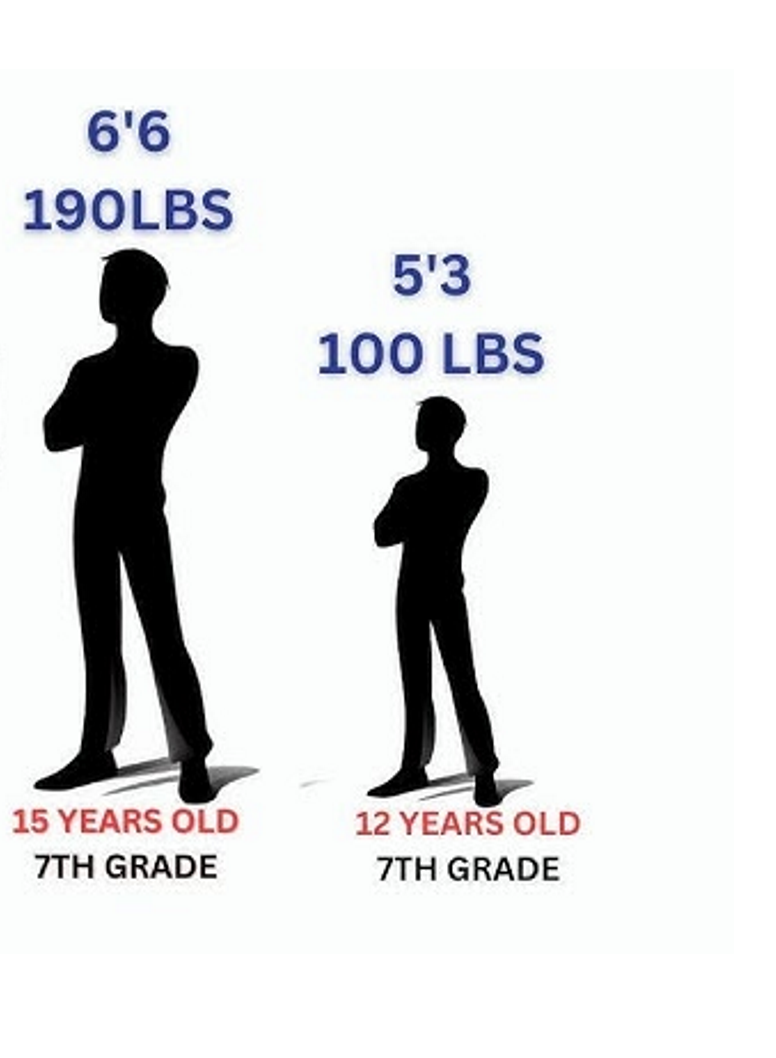After a tumultuous offseason of conference swapping, huge transfers, and new rule changes, a new men’s college basketball season is tipping off.
Although it is only November, Division I basketball has begun, and The Willistonian previewed the 2023-24 season and find out what campus fans are excited to see.
Tate Cowperthwait, a junior from Florence, is excited to watch smaller schools succeed in their new surroundings. He thinks that mid-majors, a title given to smaller schools without large funding or historical basketball success, “will be fun to watch,” especially “schools that had high major players” who Tate thinks will “thrive for real” on their new teams with less pressure and expectations.
For example, North Carolina Asheville, with star big man Drew Pember, who formerly played at much more highly regarded Tennessee, or Drake University and Tucker DeVries, a junior guard who made a name for himself with a slew of impressive performances towards the end of last season.
On the other hand, some people are excited about high-major teams, like Kyle Seltzer, a freshman from Sag Harbor, NY. Kyle, a 6’10” basketball player at Williston, who is already entertaining Division I offers, is looking forward to watching Marquette, since his friend, Caedin Hamilton, a freshman forward, is on the team.
Marquette was picked to win the Big East conference in the recent preseason coaches’ poll, as well as being ranked fifth in the nation in the preseason AP poll.
Pittman Alley, a junior from Lake Forest, Ill., is most excited about Duke, a perennial championship challenger who enters the season ranked second in the nation in the AP poll. Pittman is especially eager to watch Jared McCain, a talented freshman who is well known for his viral TikTok videos, mostly consisting of dances.
Ben Farmer, Head Boys’ Basketball Coach, likes to watch his former players at their respective colleges and universities.
“If games are on TV, I will watch those or I will check box scores to see how they’re doing,” he said. “It’s fun to follow them, I care deeply about all of them and want them to succeed so there are always emotions that come with that.”
Farmer also spreads out his viewership, calling the Big 12 conference his “favorite to watch the last two seasons.” However, Farmer also catches smaller conference games, like the West Coast Conference and the Ivy and Patriot Leagues, due to their “great ball movement” and “team defense.”
Although collegiate basketball has existed since 1894, the National Collegiate Athletic Association (NCAA) traces its roots to the 1906-07 season, when the Intercollegiate Athletic Association of the United States, the ancestor of the present-day NCAA, became the first organizing and governing body in the world of amateur basketball. Since the 1973-74 season, Division I has been the highest level of the sport, short of the professional stage. Currently, there are 362 men’s programs at the DI level, up from 347 just a decade ago.
The steep rise in schools transferring to the Division I level is due to a number of factors. One of which is the recent conference realignment shift that began in 2021, as powerhouse school movements have had a trickle-down effect on smaller conferences, opening up spots for Division II schools to make the jump, spots that simply did not exist 10 years ago.
This is what happened in the case of Queens University of Charlotte, who made the jump to the Division I ASUN conference in 2022, after the conference lost several teams, such as Liberty and Jacksonville State, to C-USA, a more prestigious conference.
The monetary aspect of the NCAA comes into play, too. Although it can be a bureaucratic and arduous process to transfer from Division II to Division I, it is a risk that is worth the reward.
According to a 2019 report by NCAA Research, Division I colleges and universities accounted for 96% of all generated revenues across the NCAA, despite making up less than a third of all schools in the organization.
After last season ended with a very surprising Final Four, featuring three teams making their first ever Final Four appearance for the first time since 1970, including Florida Atlantic, Miami, and San Diego State, along with perennial contender UConn, the NCAA has made a move in its secondary postseason tournament, the NIT, removing automatic bids for smaller conference teams.
In previous years, teams who won their conference’s regular season championship but lost in the conference tournament and did not make the NCAA Tournament were awarded a berth to the NIT, essentially a consolation tournament. However, in Oct. 2023, the NCAA changed the NIT’s selection process, instead opting to take the top two teams from each of six power conferences (Atlantic Coast, Big East, Big Ten, Big 12, Pac-12, Southeastern) that did not make the NCAA Tournament.
This has caused outrage among mid-major fans and coaches, who claim that the NCAA is forcing out smaller institutions to make more money and keep it within the circle of Power Six teams.
Regardless, the 2023-24 season is sure to be full of surprises, with bluebloods and upstarts abound across the sport.



